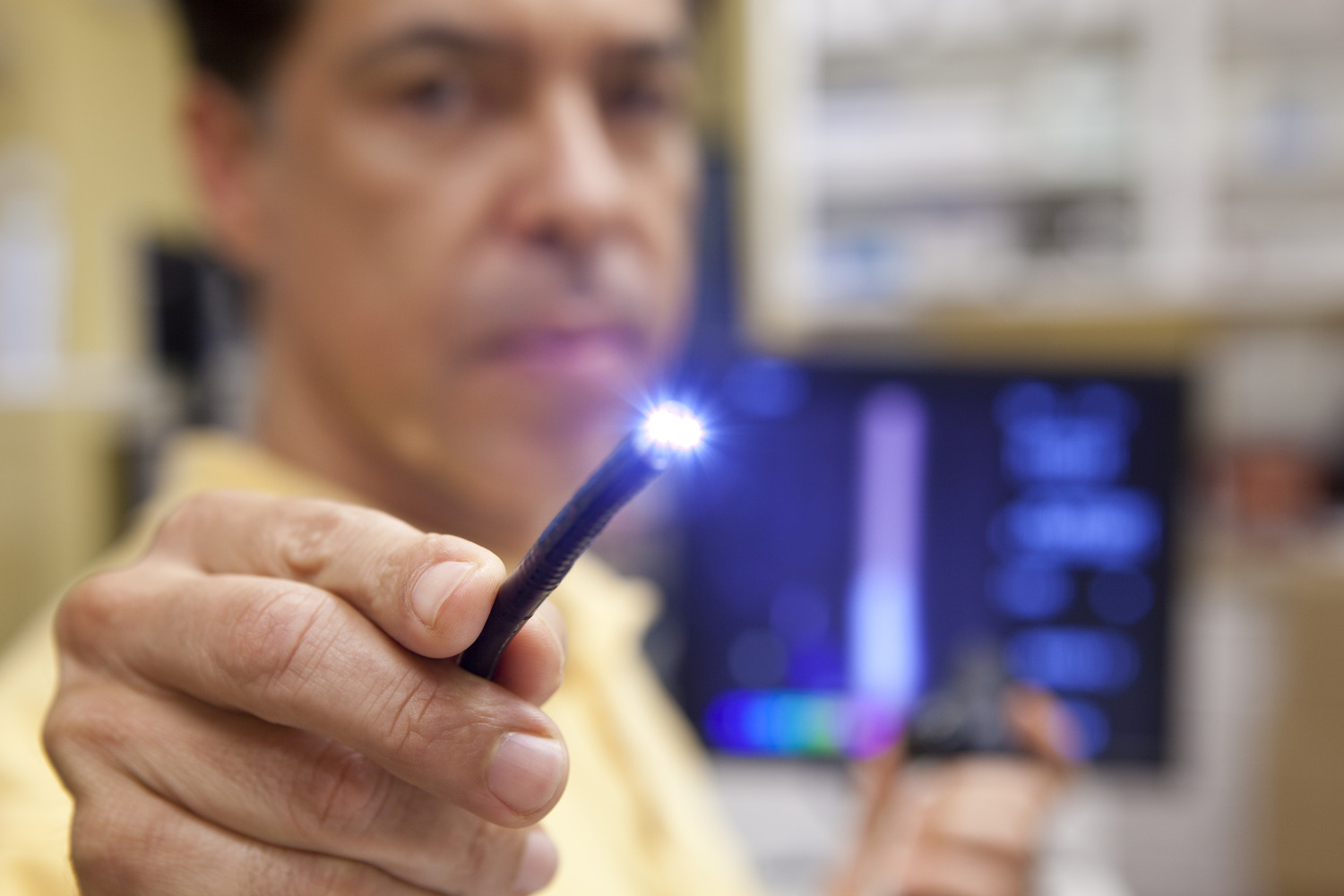
One of today’s most pervasive medical technologies for diagnosis and treatment is an endoscope. These devices provide an endo (from the Greek word for ‘inside’) view of internal tissues and organs, allowing providers to conduct some diagnosis, as well as minimally invasive procedures that otherwise would require a much larger incision bringing increased risks for the patient.
Despite all the benefits these devices offer, they are sometimes more well-known by the risks they present. A recent The New York Times article highlighted the growing number of patients who have been infected by improperly sterilized endoscopes. The article questioned why the medical instruments are so tough to sterilize and described the industry’s inability to properly clean the instrument between patients as its ‘Achilles Heel.’
Because the devices cannot be exposed to high heat, as many instruments are for sterilization, the scope can remain contaminated with bacteria – which can lead to dangerous infections.
So, what can be done today to protect patients? There’s a fair amount of consensus that a multi-approach strategy needs to be implemented with providers, device manufacturers and the sterilization industry working together on solutions that render endoscopes clean, sterile and safe before each use.
For healthcare facilities, employee training is key. Device manufacturers can help with the frequency and accessibility of staff training, as well as offer tools and resources to help test skills and reinforce behavior. In addition to education, it’s also necessary to set realistic expectations for the volume of procedures that a facility can safely service. For example, can you conduct 10 endoscopic procedures every day, when proper reprocessing can take up to two hours?
Education and realistic expectations must be coupled with the right set of tools and equipment to successfully complete reprocessing tasks. Assessing current and future technologies to address the challenges posed by endoscopes, and then providing leadership in setting standards, is a critical role that the sterilization industry can play.
Looking to our past, the apprenticeship education model might be one approach to these challenges. This system succeeded by building highly specific skillsets that addressed particular needs – increasing knowledge through experiences, coaching, supervising and multi-level training.
To effectively tackle this industry ‘Achilles Heel’, a strong formal program, along with a comprehensive quality control program that includes cleaning monitoring, could be successfully implemented by engaging all the parties and working towards a common goal: zero preventable infections in endoscopic patients. A goal that benefits patients and caregivers alike.
